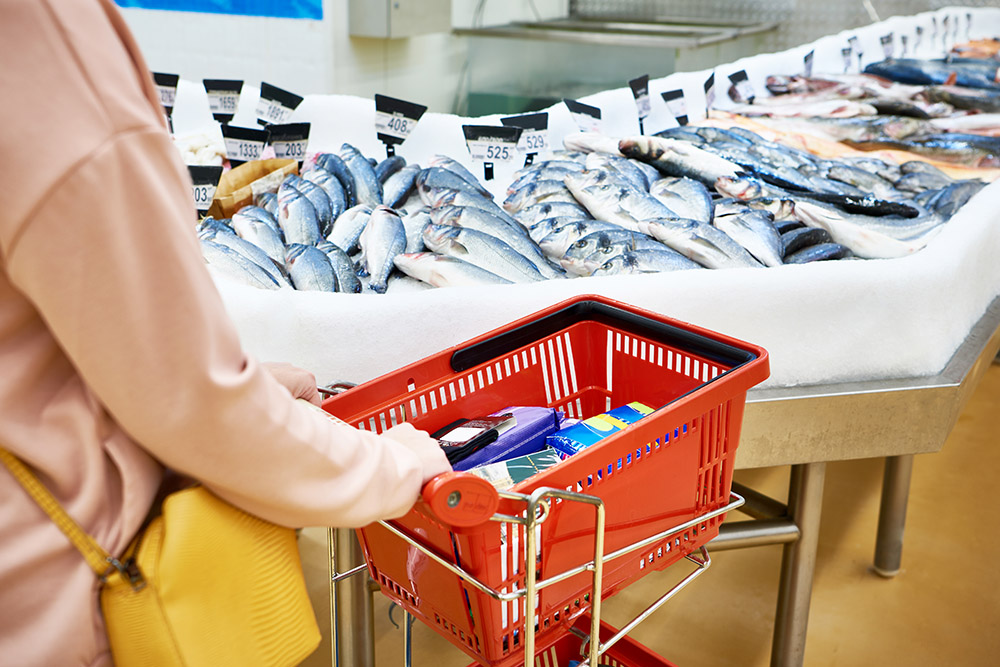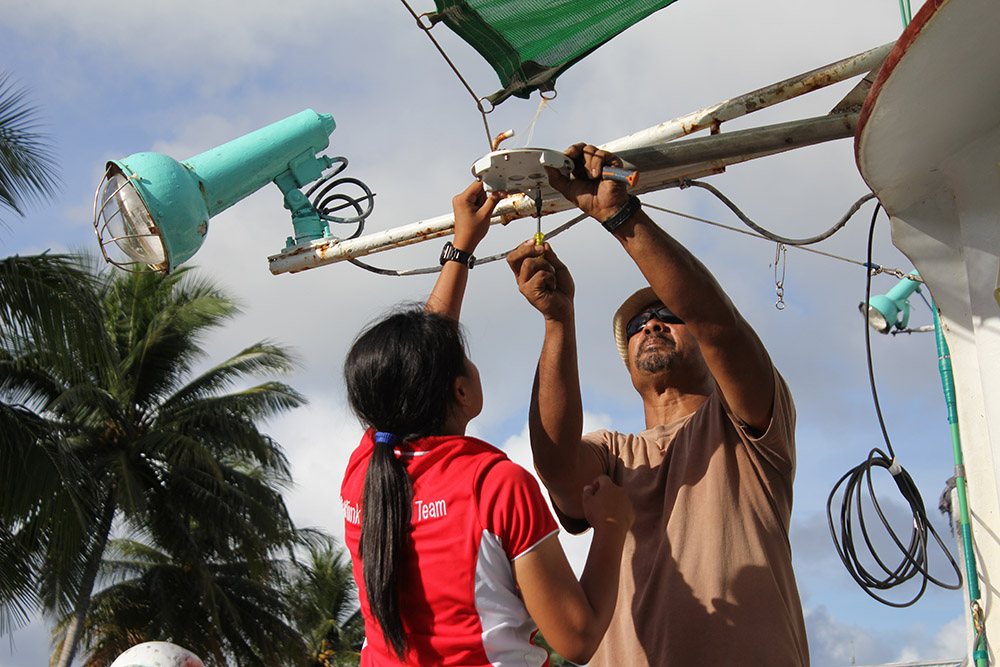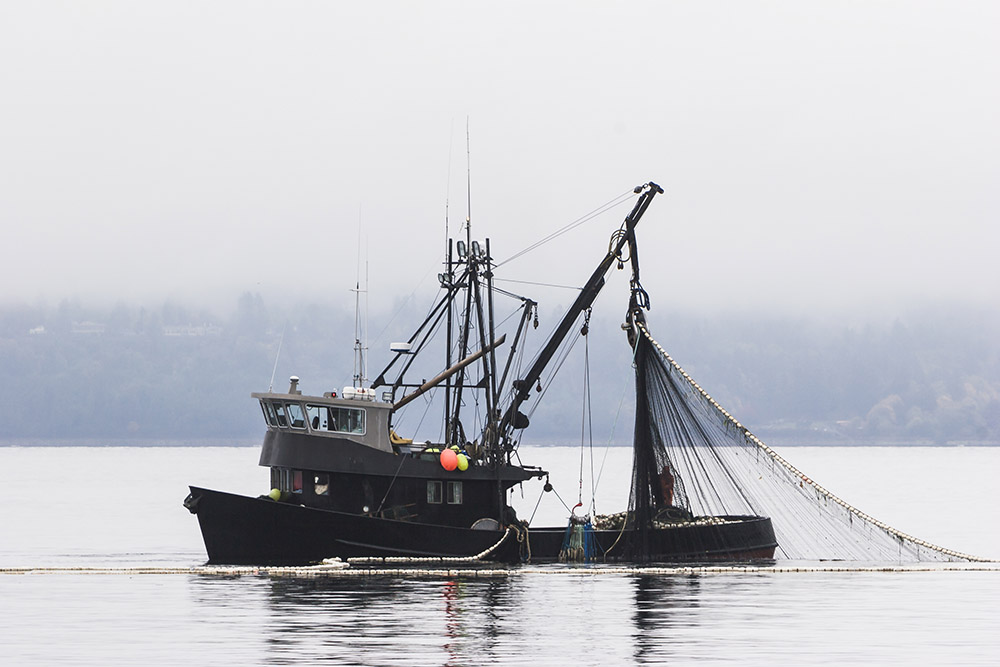EM can help protect and maintain the productivity of fisheries.
Republic of the Marshall Islands. Photo: Kydd Pollock / The Nature Conservancy
Progress Update 2020
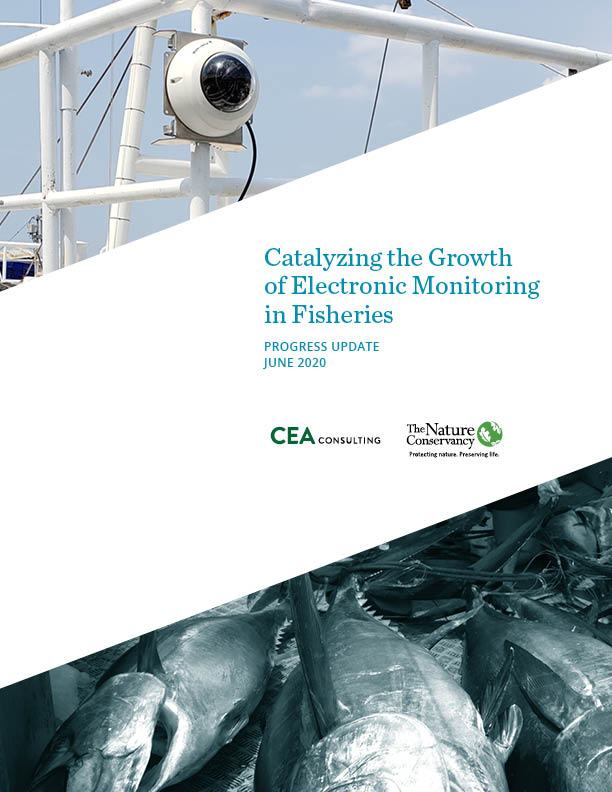
In 2018, The Nature Conservancy and CEA Consulting released the report, “Catalyzing the Growth of Electronic Monitoring in Fisheries.” This progress update report revisits the original recommendations, assesses the progress and new innovations that have been made, identifies key remaining barriers, and updates the investment blueprint based on what has changed or been learned over the last year and a half.
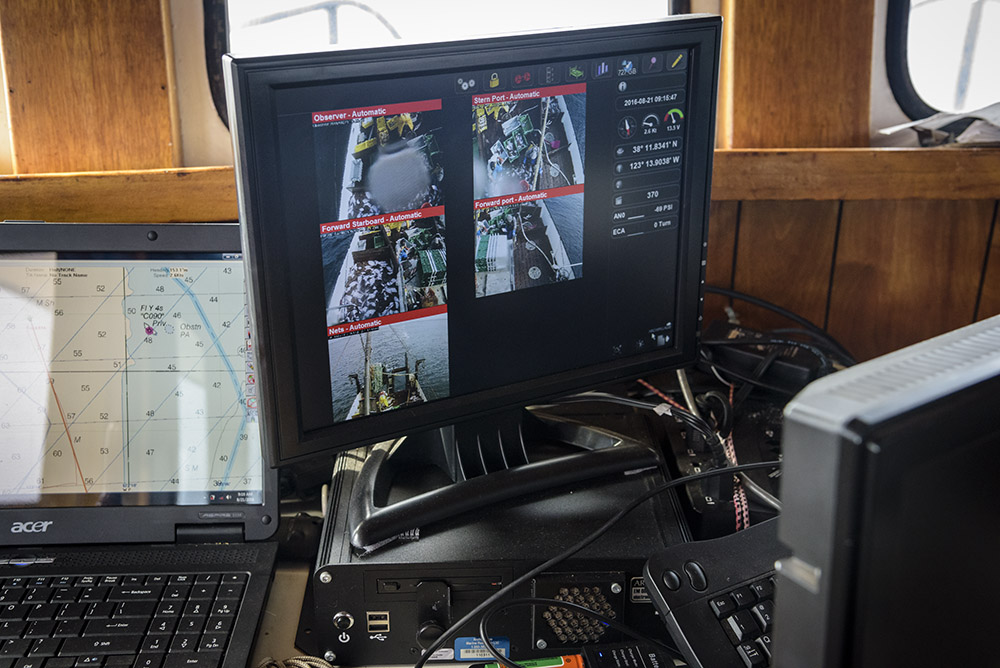

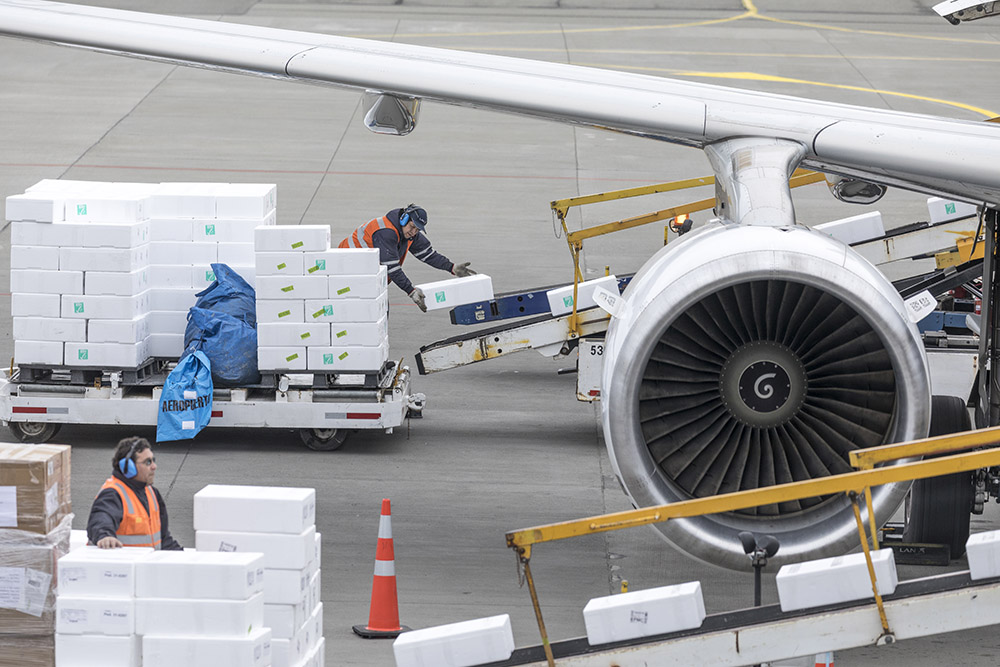
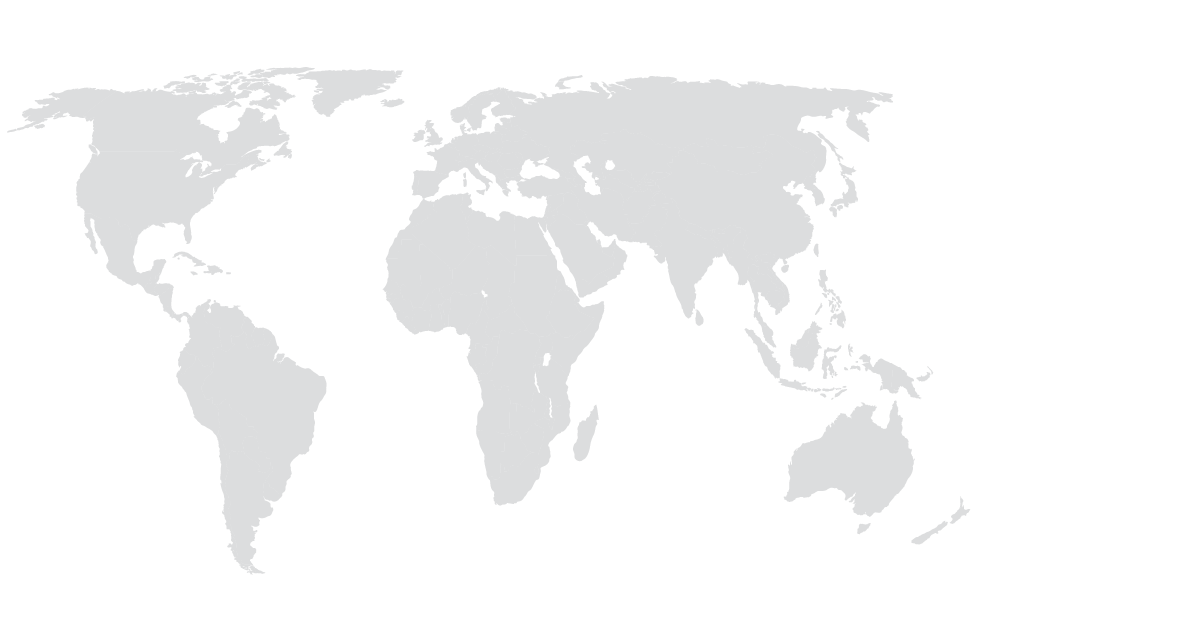
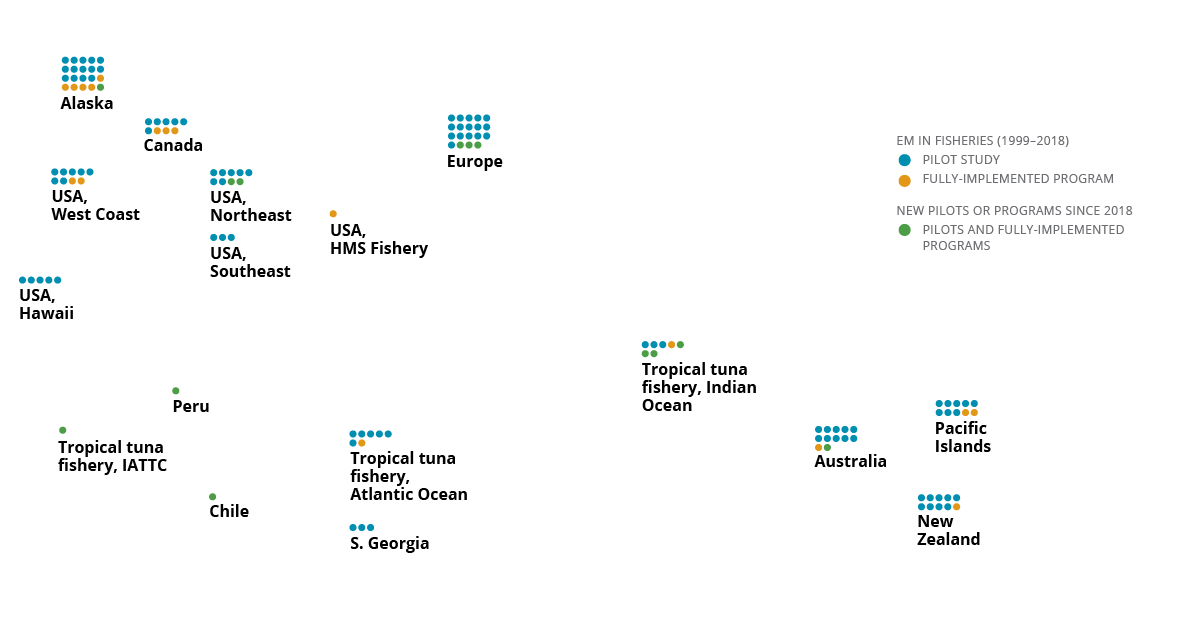
Read Global EM Developments here.
EM pilots and programs are expanding into new regions. (Adapted from Aloysius T. M. van Helmond et al., “Electronic Monitoring in Fisheries: Lessons from Global Experiences and Future Opportunities,” Fish and Fisheries 21, no. 1 (2020): 162–89, https://doi.org/10.1111/faf.12425.)
